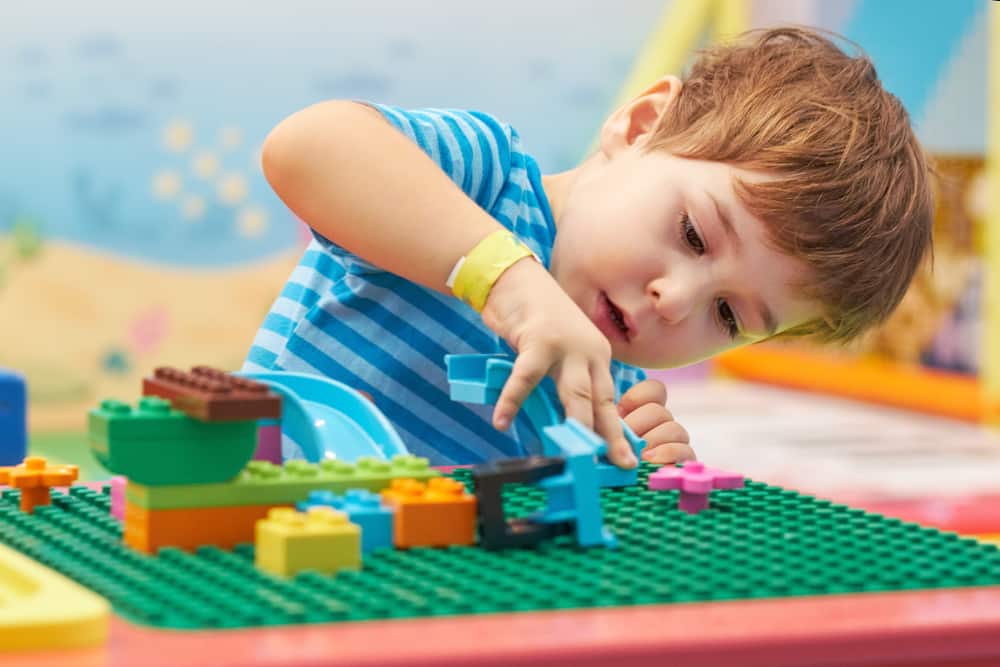Helping children learn through constructive play
Bring children’s imagination to life through constructive play. Constructive play is vital for children’s growth and development stage early in their childhood. We have put together ideas on how to help children learn through constructive play.
When it comes to growing up, children need to be able to explore their imagination. This is the time when they are developing their creativity and learning how to use it.
It’s important for them to have this kind of play because it helps them grow and develop in many ways. This type of play allows children to improve their cognitive skills, such as problem-solving and critical thinking. For this reason, it helps pupils learn how to communicate with others better by giving them a chance to practice social skills, like sharing.
Did you know that constructive play helps improve problem-solving skills, develop children’s imaginations, and spark their creativity? It’s important to encourage constructive play in the classroom because it allows them to play together with other children and work together.

Ways to encourage constructive play in the classroom
Building Legos
Firstly, encourage children to explore their imagination through Lego and building blocks. The benefit of Legos are:
- Improves hand-eye coordination
- Improves fine motor skills
- It gives children a sense of accomplishment
- Develops focus and concentration
Playing with blocks and Legos encourages children to think creatively, as well as helping them build spatial awareness. You can start by getting children to build Legos of their favourite character or even build their own unique Lego toy cars. This will give them an opportunity to practice using their hands in a way that develops dexterity. It also helps them learn about how things fit together and how they can be combined into new objects.
Playdough
Playdough is what every child likes during the early years of their childhood. It’s a fun and interactive activity that encourages children to play.
Secondly, persuade children to mould play dough into different shapes. This will help build their motor skills. During their playdough time, talk about what they are making and ask questions. This will help contribute to their development and learning in schools.
For many children play dough is a fantastic way for children to explore their imagination and creativity by making shapes and objects with their hands. The possibilities are endless!
Play dough is also a wonderful way to help children develop fine motor skills such as hand-eye coordination and dexterity, which are crucial skills in learning how to write later in their lives.
Drawing/painting pictures
Thirdly, allow children to explore their imagination by drawing/painting pictures.
The benefits of drawing are:
- Increases confidence
- Teaches problem-solving skills
- Helps coordination
- Improves fine motor skill
Drawing is an art that allows children’s imaginations to run wild. It is one of the most versatile forms of expression, and it can be used to convey a wide variety of feelings and ideas. It can help children develop their fine motor skills and build their self-esteem, which are both critical elements of childhood development.
Encourage children to draw/paint in the classroom. You can start by giving them colouring pencils, paper and drawing. Drawing is one of the best ways for children to express themselves, especially when they are young. It helps them learn about colours, shapes, sizes and even numbers!
So why not get out those crayons and let children have fun with drawing?
Playing with instruments
Children can learn all kinds of things through music. They will learn how to play an instrument, how to listen carefully, and how to make their own music.
The benefit of playing with instruments are:
- Improves sensory development
- Improves brain development
- Develops hand-eye coordination
Lastly, encourage children to play music with different instruments in the classroom. Get them to play the piano, guitar or even drums. if you do this it will help them to learn how to play different kinds of music and improve their cognitive abilities.
For more inspiration, read our recent blog on ‘Integrating Art Activities in The Classroom‘